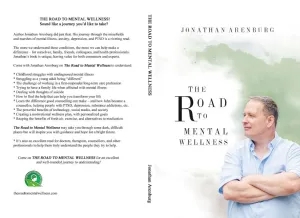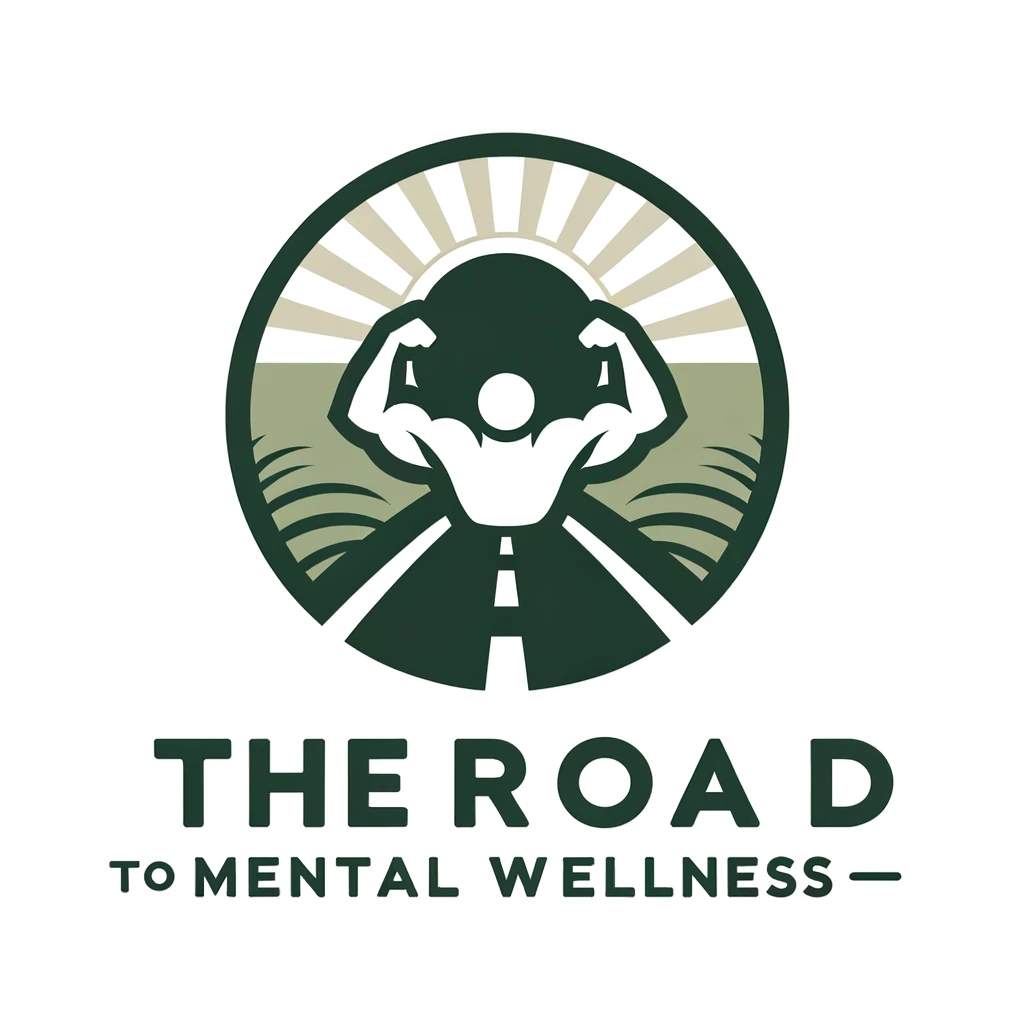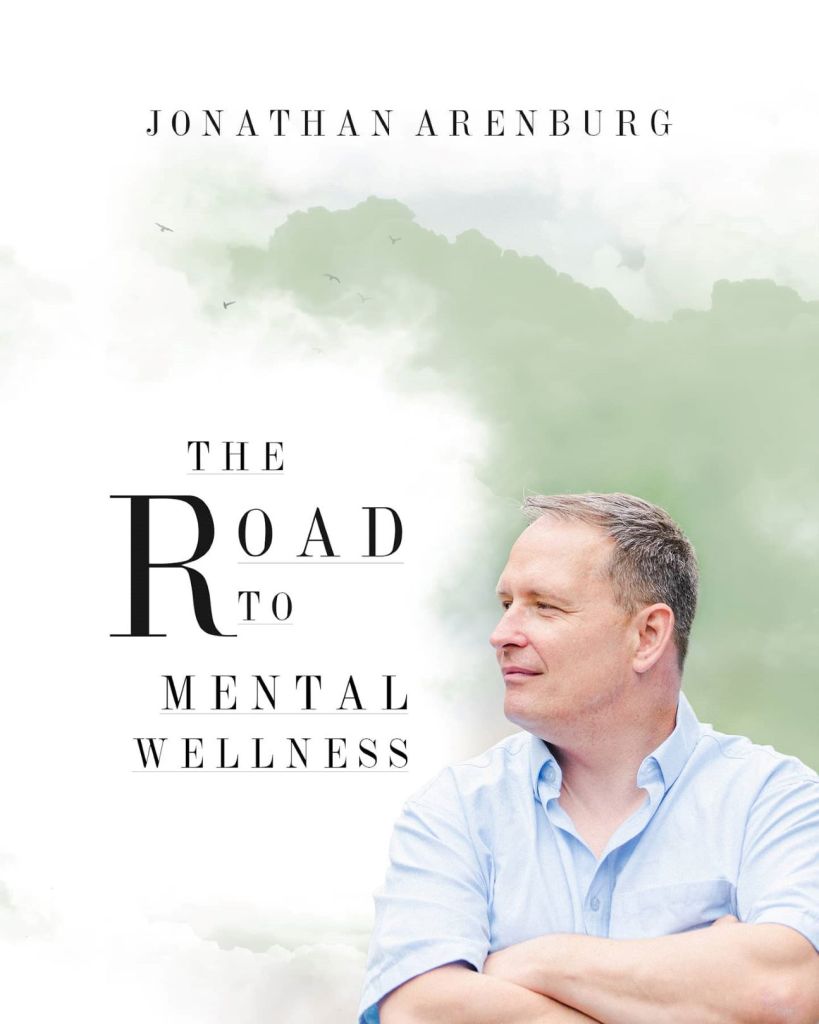Trauma block: what is it and how can it be minimized? What happens when our brains try to protect themselves from trauma.
Follow us
Well, I must start out by saying that the term trauma block isn’t really a thing. At least not in scientific circles. However, I have coined it to describe how my mind shuts down when I’m going through a traumatic episode. Ever wonder why you can’t think straight when you are feeling anxious and numb? Have you ever thought about why you just run or stand still when you’re scared? Ok, so if you haven’t, you came to the right place.
What it essentially means is that when I end up feeling the symptoms of trauma, the neurobiological shutdown begins. First though, it’s important to know the symptoms of trauma in order to understand what I’m talking about.
Symptoms of trauma
1. Intrusive thoughts
2. Flashbacks
3. Nightmares
4. Emotional numbness
5. Detachment
6. Hypervigilance
7. Irritability
8. Angry outbursts
9. Sleep disturbances
10. Difficulty concentrating
11. Exaggerated startle response
12. Guilt or shame
13. Avoidance of reminders
14. Persistent anxiety
15. Depression
16. Substance abuse
17. Suicidal thoughts
18. Social withdrawal
19. Loss of interest
20. Memory problems
For me, the emotional numbness that comes along with post-traumatic stress disorder, plays a huge role in why I use the term trauma block. but it’s not limited to that, it also applies to other forms of anxiety. PTSD is After all, an anxiety disorder.
So, as it turns out there is a neurobiological process by which logic and reason is shut down in the brain.
Why we can’t think straight when we’re anxious or experiencing trauma
Anxiety and traumatic events can significantly impact our ability to think clearly and make rational decisions. There are several neurobiological reasons for this:
1. Activation of the amygdala: The amygdala is a key region in the brain involved in processing emotions, especially fear and anxiety. During anxiety or a traumatic event, the amygdala becomes hyperactivated, which can interfere with our ability to think rationally.
2. Release of stress hormones: In response to stress, the body releases stress hormones such as cortisol and adrenaline. These hormones can affect various brain regions, including the prefrontal cortex, which is responsible for higher cognitive functions like decision-making, planning, and working memory.
3. Reduced activity in the prefrontal cortex: When stress hormones are released, they can impair the functioning of the prefrontal cortex, reducing our ability to focus, think clearly, and make rational decisions.
4. Activation of the fight-or-flight response: In a stressful or traumatic situation, the body activates the fight-or-flight response, which is a survival mechanism designed to help us respond to threats quickly. This response diverts resources away from higher cognitive functions and prioritizes rapid, instinctive actions, which can impair our ability to think clearly.
Need help? Go to Our Mental Health Resources Centre
5. Altered neurotransmitter levels: Anxiety and traumatic events can lead to changes in the levels of various neurotransmitters, such as serotonin, dopamine, and norepinephrine. These neurotransmitters play essential roles in mood regulation, motivation, and cognitive processes. Imbalances in neurotransmitter levels can further impair our ability to think straight during stress.
6. Heightened emotional arousal: The emotional arousal that accompanies anxiety and traumatic events can make it difficult to focus on the task at hand, process new information, and think clearly. Emotional arousal can also cause tunnel vision, where our attention narrows to focus on the perceived threat or stressor, leaving little cognitive capacity for other tasks.
These neurobiological processes work together to create a state of heightened stress and emotional arousal, which can significantly impair our ability to think straight during anxiety or traumatic events. This is an adaptive response to help us survive and deal with immediate threats, but it can be problematic when we need to make rational decisions or process complex information during these challenging situations.
The 4 Major types of stress Hormones
So, there you have it, the reason I came up with the phrase Trauma block. I want those with anxiety disorders and trauma to understand that, while it can be frustrating to be “anxious all the time, it is normal. At least in the sense that it’s a real, built in survival mechanism. Ours is just always on. That’s why it’s so essential to do whatever it takes to reclaim your life. You may feel stuck within your memories and thoughts but remember, our thoughts aren’t always facts.
Don’t you think it’s time to work on quelling the ever-present fragmented mind?
To leave without providing some ways to help you help yourself would leave this article in complete. Checkout detailed ways to heal from trauma and anxiety below and start down your road to mental wellness now.
Ways to heal from trauma and anxiety
Note: the chances of success are great when you work in conjunction with a mental health professional.
- Self-care: Prioritize activities that promote physical, emotional, and mental well-being. This might include getting enough sleep, eating well, exercising regularly, and engaging in relaxation techniques such as deep breathing, progressive muscle relaxation, or mindfulness meditation.
- Establish a routine: Developing a daily routine can provide a sense of stability and predictability, which can help alleviate anxiety. Make sure to include self-care activities and time for relaxation in your schedule.
- Journaling: Writing about your feelings and experiences can be a therapeutic way to process and understand your emotions. Set aside time each day to write about your thoughts, emotions, and experiences related to your trauma or anxiety.
- Mindfulness practices: Engaging in mindfulness practices like meditation, deep breathing exercises, or yoga can help you stay present and reduce anxiety. These practices can help you develop a non-judgmental awareness of your thoughts, feelings, and bodily sensations, making it easier to manage anxiety and emotional distress.
- Emotional expression: Express your feelings in a safe and healthy way, whether through talking to someone you trust, writing, drawing, or engaging in creative activities. This can help you process your emotions and promote healing.
- Develop healthy coping mechanisms: Replace unhealthy coping mechanisms (e.g., substance abuse or self-harm) with healthier alternatives, such as engaging in hobbies or interests, spending time with supportive people, or practicing relaxation techniques.
- Set boundaries: Establish and maintain boundaries with people or situations that trigger your trauma or anxiety. Communicate your needs and limits assertively, and don’t be afraid to say no or take a step back from overwhelming situations.
- Be patient: Healing from trauma and anxiety takes time and effort. It’s essential to be patient with yourself and recognize that recovery is a process. Celebrate small victories and remember that setbacks are a natural part of healing.
You are not alone in this life, seek out others and build strength though connection, love, and empathy.
Download the audiobook version of the book, The Road To Mental Wellness FREE (CH’s 1 through 5 Here)
Learn to Manage and Thrive
- His lifelong battle with depression
- The benefits of exercise
- How to start to overcome the dread and exhaustion of depression
- How small steps make huge differences
- Scientifically backed techniques to help minimize depression, anxiety, and PTSD’s effects
- How to set boundaries with yourself when you have a mental health condition·
- How to optimize living your life with these debilitating mental illnesses.

Follow us









Please leave a comment and tell us what you liked about what you read.